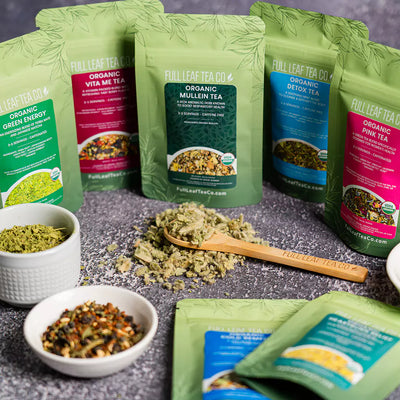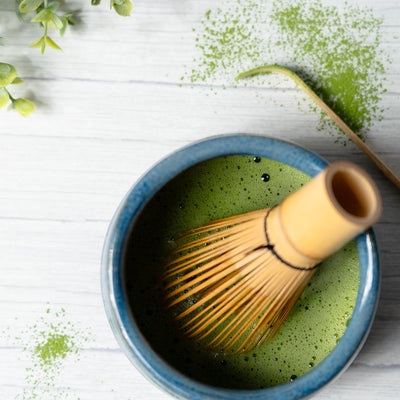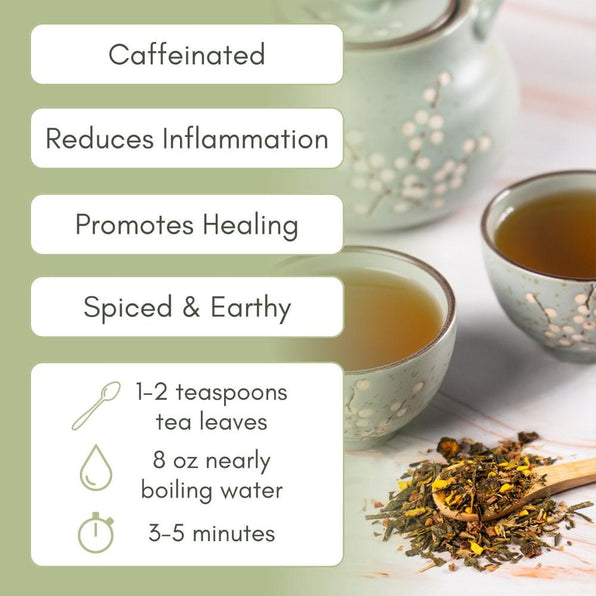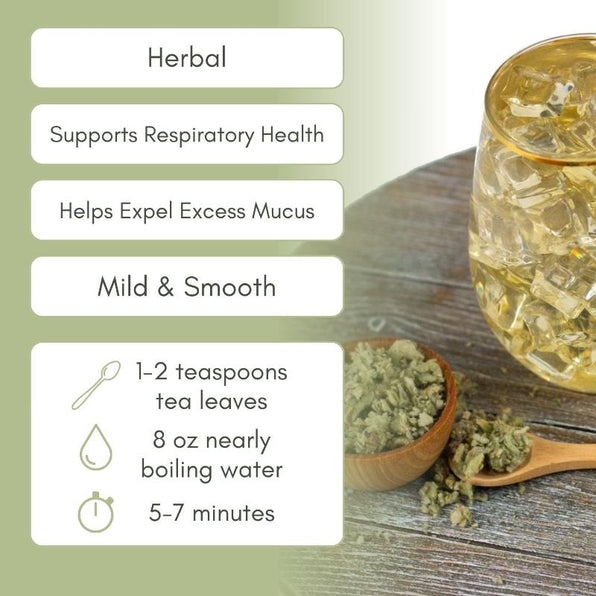What Is Green Tea?
Green tea is a type of tea that is made from Camellia sinensis leaves and buds that have not undergone the same withering and oxidation process used to make oolong and black tea. Originating in China, green tea has become a popular beverage worldwide, known for its refreshing taste and numerous health benefits. Unlike black tea, which is fully oxidized, green tea is unoxidized, which helps preserve its rich concentration of antioxidants and nutrients.
Green tea's production involves a process of steaming or pan-firing the leaves to halt oxidation, preserving the natural green color and fresh, grassy flavor. This method of processing results in a tea that retains more polyphenols, catechins, and other beneficial compounds than its oxidized counterparts.


















